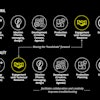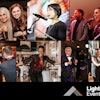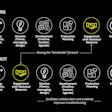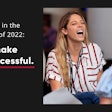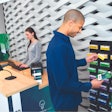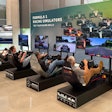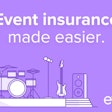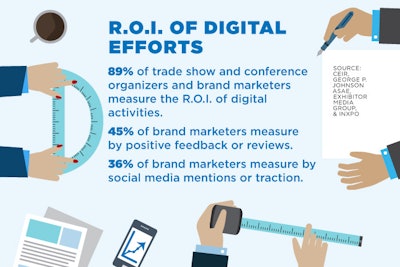
This story is part of a five-part series on how technology has changed the event industry. See the introduction to the package here.
Coinciding with the visible advancements technology has had on events has been a progression in planners’ ability to understand how to use digital tools in a meaningful way. “It is really about technology transparently adding value to a guest’s experiences, not being the experience,” says Daniel Griffis, Target’s vice president for experiential marketing and alliances. “You need to start with the ‘why’ when you are involving new technology. It should be purposeful, meaningful, and you should ask yourself, ‘What are you trying to get people to believe?’ before you invest or deploy some new technology.”
The adoption of R.F.I.D. and N.F.C. tools is one common example of how technology can be used to transparently enhance the attendee experience. “Wearable technology like wristbands and badges now makes it easy for consumers to participate in multiple activities at an event—without having to repeatedly provide their personal information—save event content, and share things like branded photos and videos to social media. It also helps us better monitor, and ultimately report on, consumer behavior at events,” says Donna Meier, senior partner at Javelin.
[PULLQUOTE]
But planners need to have a keen understanding of their audience. Griffis shared an example of an interactive film Target produced with Kristen Bell in 2012: “What made this film unique was that almost every product in the film, from clothing to home goods to beauty products, was ‘shoppable.’ You just clicked on the product while you watched the movie and it was put it in your cart, and after the movie ended, you checked out on Target.com. In this case, everything was near perfect, solid technology—good story, great cast and crew, innovative idea. But ultimately, the guest was not yet interested in shopping this way, and we learned a lot from that.”
While early campaigns were often measured based on numbers of views, likes, and shares, marketers have figured out the real value is in quality over quantity. “It’s about how you can drive emotion through various types of tools, and technology is one of those tools,” Bessette says. “It’s what you do with it, integrating it into an actual story or message that touches people. You should measure the success with goose bumps. How deep are you touching people?”

